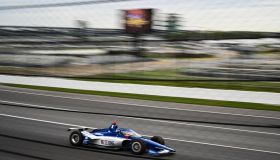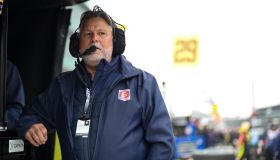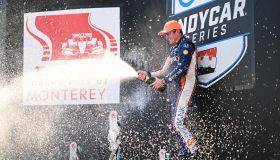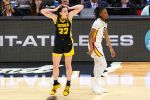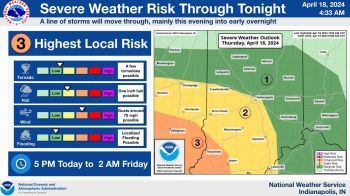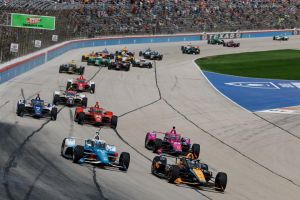
Source: Penske Entertainment: Joe Skibinski / other
FORT WORTH, Texas. — Sunday’s PPG 375 at Texas is being talked up as one of the most exciting races at an oval other than the Indianapolis Motor Speedway in nearly a decade.
Josef Newgarden was able to emerge victorious among what ended up being about seven or eight drivers at the end that had a shot at winning the race.
There were 1,070 passes, 26 lead changes between eight different drivers, and five cautions.
The racing was tight, but there appeared to be a happy medium between single-file and fast and unpredictable pack racing, which forced the teams to be more strategic in how they approached the race. Teams were taking into account fuel strategy as well as tire degradation in play with lesser downforce than what you saw in the mid-2010s, but a lot more than last year.
The result was spurred by tinkering and changes to the aerodynamics and other things in the makeup of the car during the off-season led by series president Jaye Frye, who used to be the head of competition for the series.
“There still was (tire) degradation,” Newgarden said. “I think for the first third of the stint almost to the first half, you had people really packed up and congested. It wasn’t like people were falling off a cliff really early, but you still had the degradation on the second half of the stint.”
Race runner-up Pato O’Ward points out though that there is still a fine line that needs to be towed as IndyCar continues to tweak the cars to make the racing more competitive on super-speedways.
“I have to say it would have been really sketchy if it was, like, lap 45 or lap 50 and everyone has tires,” O’Ward said. “I think that would have been, yeah, maybe not very safe. I just think everybody feels like a hero when everybody has fairly fresh tires.”
During those laps of the race Sunday, you saw the most aggression from drivers with fresh tires, good grip on mostly the low and high lines, along with more downforce from last year. that in turn caused extended spurts of pack racing before the field strung out during long green flag periods.
At one point during the race, O’Ward opened up a 7-second lead on Newgarden, which ten years ago would have been unheard of at Texas.
So where the series goes from here is uncertain, but it’s clear what they have done to make racing at Texas in particular more competitive has been working. But the question now is how much further do you take it?
“It’s a tricky balance. They’ve been doing this. They’ve been putting downforce on every year. You don’t want to go too far,” said Newgarden. “I know I don’t want just a straight-up pack race. I really don’t. I think it takes out too much of the skill.”
The addition of the PJ1 traction compound at Texas for NASCAR races has also been an obstacle for IndyCar to overcome since their cars are unable to run on that kind of surface without incident. But, the adjustments showed on Sunday that drivers can once again pass comfortably in at least a second lane.
When asked if the success of the race at Texas would spur drivers to call for more oval races on the IndyCar calendar, O’Ward and 3rd place finisher Alex Palou were indifferent to the idea.
In the end, all three drivers were in loose agreement that they would not want to go back to the type of pack racing seen in 2016, for example, which saw Graham Rahal edge ahead for a win by just 0.008 seconds going three-wide, wide-open in a pack, all the way around the 1.5-mile oval.
Still, the progress on the series’ super-speedway package appears to bode well for what is to come from a competition standpoint when drivers will use the package again for the Indianapolis 500 in May.

